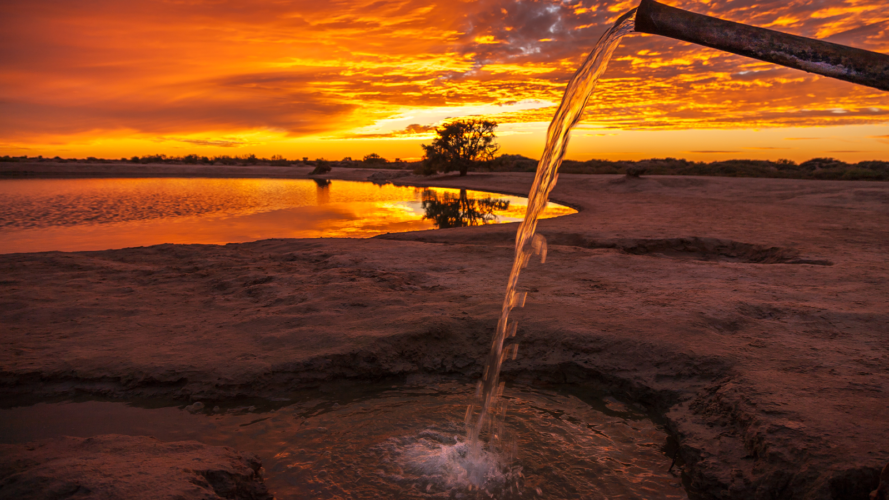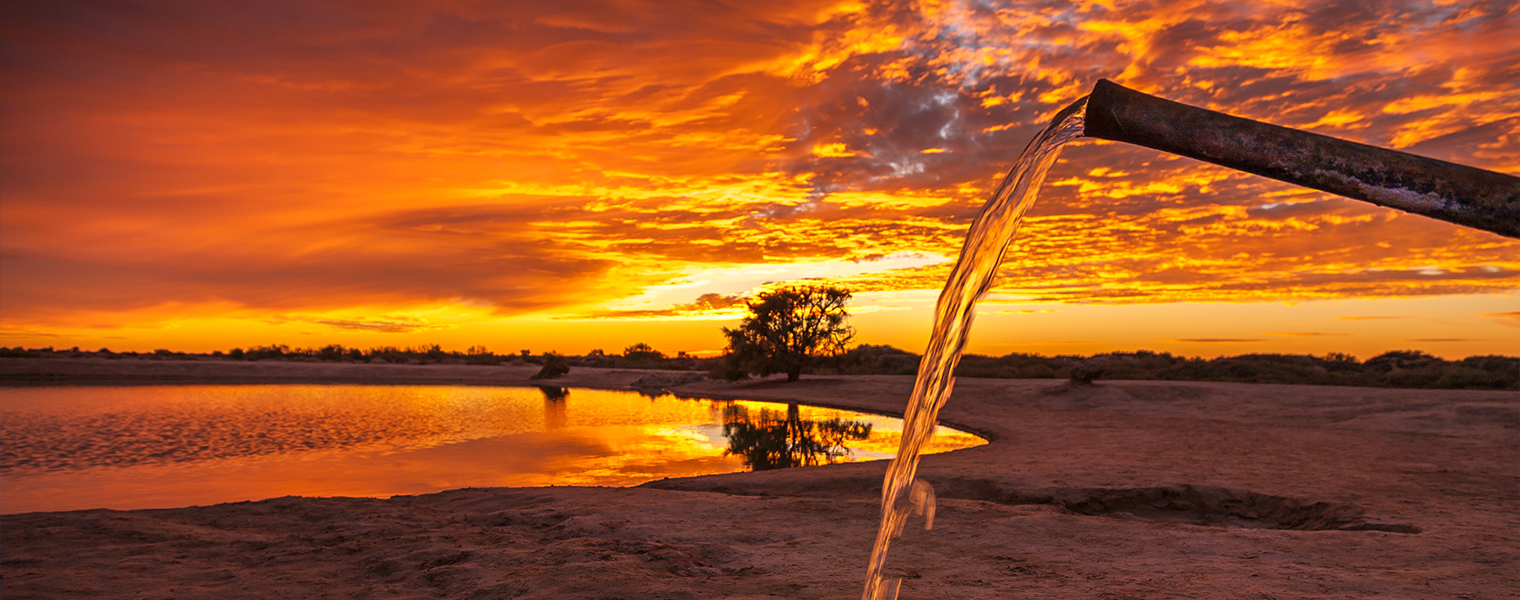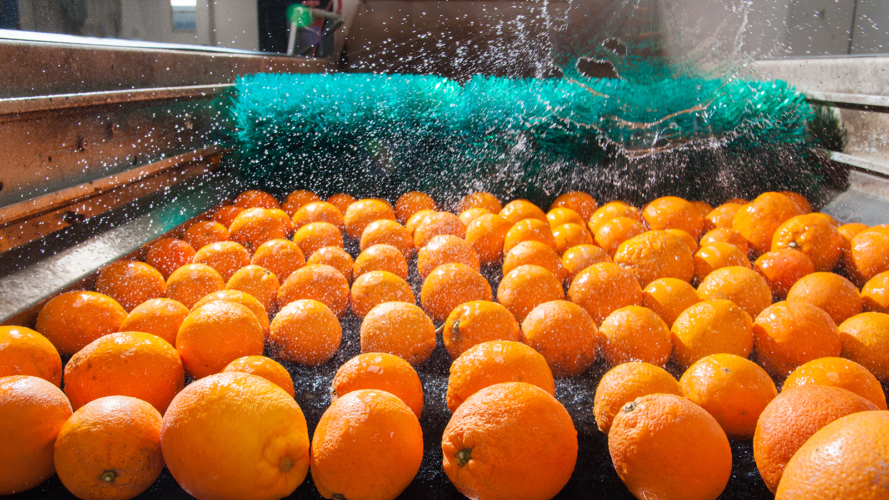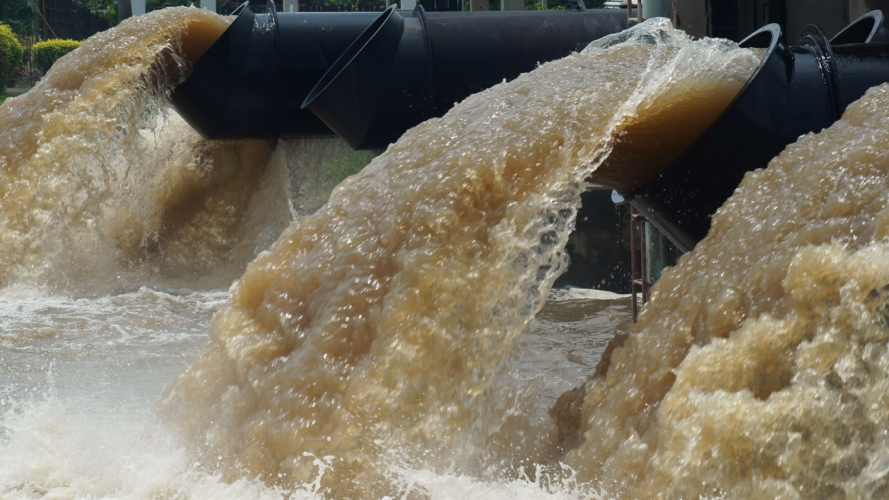
Water Management Strategies for Industry in Regional and Remote Communities – Part 2
January 30, 2020
Australia and especially our regional and remote communities, face unprecedented challenges in the water and energy sectors due to climate change, droughts, bush fires and dwindling freshwater reserves.

Our fresh water supplies are often over-allocated, contaminated by bush fires debris or are dwindling due to drought. This increases reliance on bores, installing extensive pipelines or trucking water long distances to top up local supply. Advanced water as an option for recycling water using waste-to-potable systems can increase supply for industries and allow time for renewal of precious freshwater reserves.
Our industries do need the support of local, state and federal governments to face this challenge. Investment into advanced water treatment infrastructure is significant for businesses already suffering from dwindling fresh water reserves. There is a net benefit of water recycling, especially for regional and remote communities. It provides long-term and sustainable solutions to water management and employment in these communities.
Advanced water does carry a stigma for end users, which is unfounded. In a global shift towards a circular economy, the political landscape has never been more amenable to advanced water. The water quality produced by advanced water systems is far superior to conventional potable water treatment systems. Singapore and California are already consuming treated advanced water.
The efficiency of advanced water systems and wastewater recycling has increased dramatically, with up to 99% recovery possible (0.01L of brine for every 1L of recycled water). As well as minimising the volume of brine generated, the energy use is also significantly lower, with advanced water systems using 60 – 80% less energy than conventional seawater desalination and up to 50% less energy consumption compared to bore water desalination.
This significant increase in efficiency is due to improvements in the reverse osmosis step of the advanced water system process. Reverse osmosis uses permeable membranes to remove salts, unwanted molecules and large particles from drinking water. Water efficiency is improved with the use of HyPURE® ultra-high-pressure thin film composite and flat sheet reverse osmosis membranes. These systems can operate up to a staggering 150BarG. This enables Hydroflux to squeeze every drop of clean water out of the wastewater.
Water efficiency is also improved for high scaling and difficult to treat waters, using Hydroflux EPCO lime softening and dealkalization clarifier coupled with titanium membrane filtration like HyPURE® UF Ti. These processes remove scaling minerals such as calcium, magnesium, bicarbonate, sulphate and silica before processing the brine through additional stages of reverse osmosis.
Following reverse osmosis, the waste liquid must be managed. Fortunately, our regional and remote communities are perfectly placed to deal with this problem. With plenty of land coupled with warm dry air offer ideal conditions for evaporation. Additional high efficiency vaporisers can be implemented to improve the evaporation efficiency. These systems significantly improve efficiency and reduce the land required for evaporation ponds – in some cases over 80% – saving on capital and operating cost for the treatment plant.
For more information on Hydroflux HyPURE Reverse Osmosis system please click here.
If you missed Part 1 of this story, please click here.
Up Next
Categories
- Tradeshows
- Climate
- Community Engagement
- Corporate Announcements
- Group News
- Newsletters
- Product News
- Project Announcement


